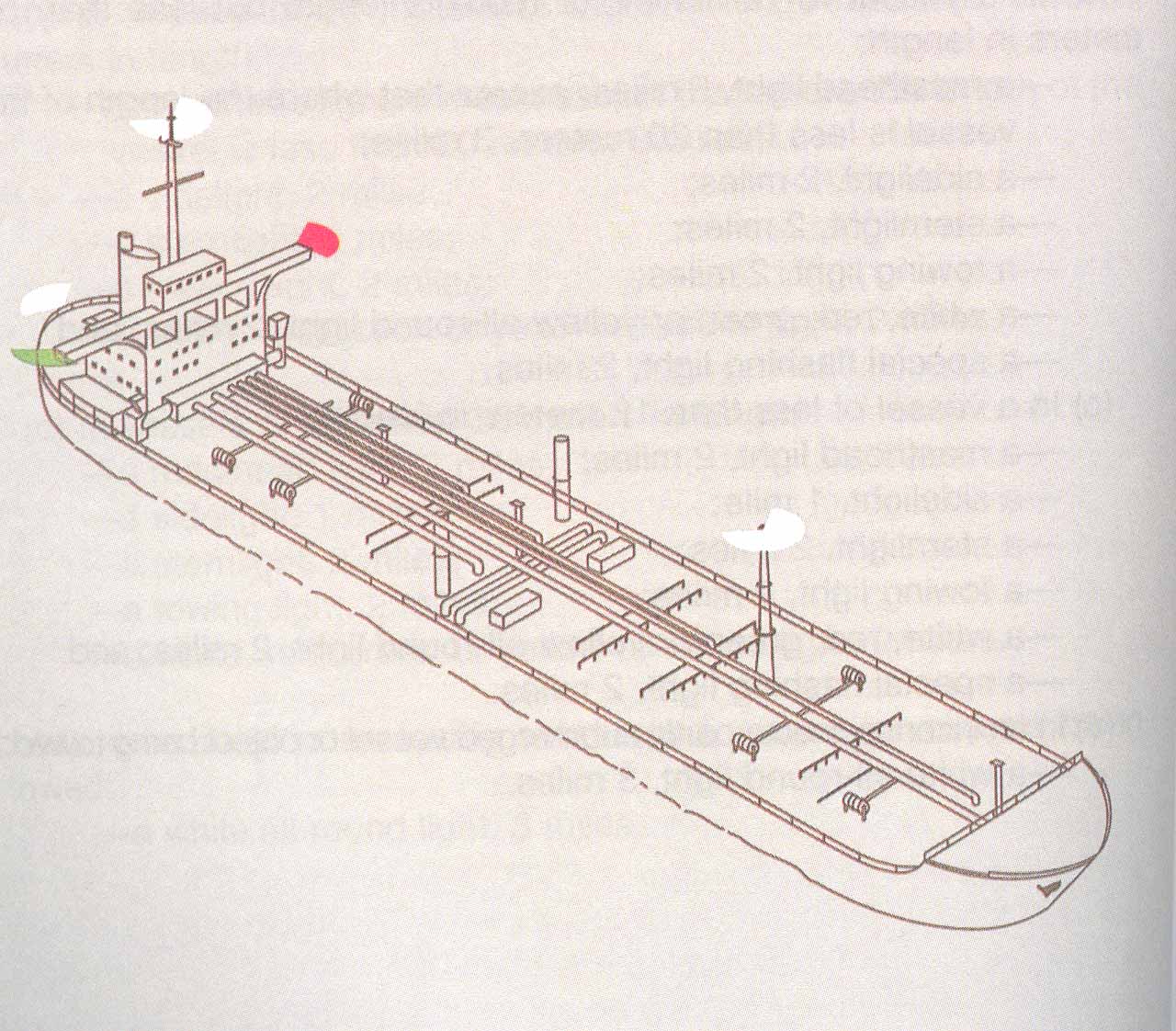

Nautical Lighting
A glimmer on how to use them
By Wayne Spivak
So what does driving have to do with nautical lighting? Well, just like our landlubber cousins, boats also have various lights. Unlike our road-bound cousins, boating does not have the luxury of a spatial backplane in which to judge, for the most part, direction of another vessel.
On the road, even on a very dark, winding, country road, you have sign posts,
trees, houses, even fields of corn stalks. Out on the water, you have water,
then you have water, occasionally you have an aid to navigation, another vessel,
sounds (which can be confusing, as to their direction). In other words, it's
very difficult to tell the direction of a vessel, without looking at their
lights, and sometimes even when looking at their lights.
Navigation Lights
Every time I go boating at night, I am amazed at the number of people who either
have no navigational lights on, due to either forgetfulness or a partial or
total equipment malfunction, or who have the wrong navigational lights on.
For simplicity sake, let's take the standard 21ft cuddy roundabout. The Rules of
the Road state that vessels this size need a red and a green bow light (a
combination light is acceptable) capable of being seen ½ mile. In addition, a
360° all-around white light at the stern is also required, that can be seen ½
mile.
What can go wrong with this simple light configuration? Everything! From the
combo light being nonoperational, to the white light not being positioned so
that it can be seen 360° by other vessels.
Navigation lights are extremely important.
 |
 |
| If you were looking at this boat at night you would see the lights as you do in A, if the boat was perpendicular to you, or B, if the boat was coming straight for you or in your direction right infront of you. |
They tell other boaters that you are making way or at anchor. They give other
boaters a conceptual idea of your direction vis-a-vistheir own direction. A
lookout (remember every vessel is required to have a lookout) that sees a red
light followed by a white light while looking over the bow can make the
following assumptions: the boat is going from starboard to port, and depending
on distance, has the right of way.
If you saw a white light in front of you, the vessel is either moving in the
same direction or is at anchor. Speaking of anchor lights. a vessel that is at
anchor, that is not in a "special anchorage area' must show an anchor light. An
anchor light is a 360° white light.
So, if you're fishing and drifting, you should have on your navigation lights.
If you're fishing on an anchor, then it's the anchor light. In any event, before
you leave the dock, make sure your lights are operational!
High Beams
So you're saying to yourself, how am I going to tie high beams into navigational
lights? Yup, you're right; the nav light switch has three positions: off,
navigation light and anchor light. Ever hear of your spot light, those ingenious
lights that are either hand held or attached to your bow. Those zillion candle
white lights that can make night into day. That extremely useful tool that can
blind the pilot of the other vessel, and cause night blindness that can take 45
minutes to self correct. Yup, that's the light!
Why do people find it necessary to point the light at the pilot of the other
vessel? The correct way to use your spot light is to use it sparingly and move
the spotlight along the water toward the unknown object and/or vessel.
Once the object is seen at the water's edge, move the light along the water
waterline to see if it's a vessel or some other object. If it's a vessel, don't
lift the beam above the gunwale, because the higher you lift the light, the
better the chance you'll blind the other vessel's occupants.
If you identified the object as not being a vessel, then slowly lift the light
up the object, making sure that as much as the beam of light strikes the object.
This way you can get a good identification on the object. Remember, there are
other boaters out there, and by swinging your spot light hither and yon, you can
still cause night blindness for other boaters.
Want to learn more about boating safely? The United States Coast Guard and Coast
Guard Auxiliary want you to be not only a safe boater, but an educated boater.
Why not take one of the many different boating courses offered by the Coast
Guard Auxiliary?
To contact your local Auxiliary Flotilla, you can either contact your local
Coast Guard unit (on the web at http://www.uscg.mil) or find your local flotilla
on the web (at http://www.cgaux.org)